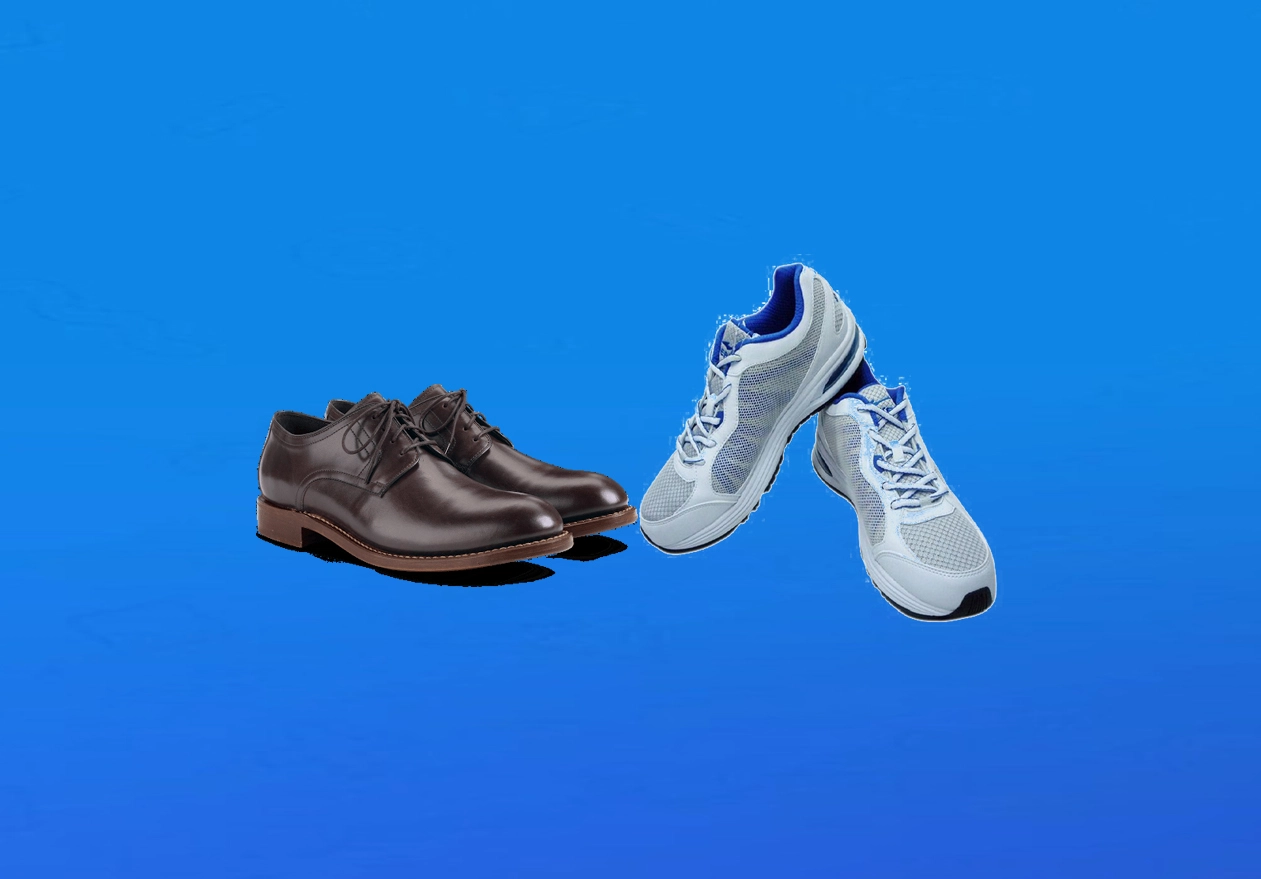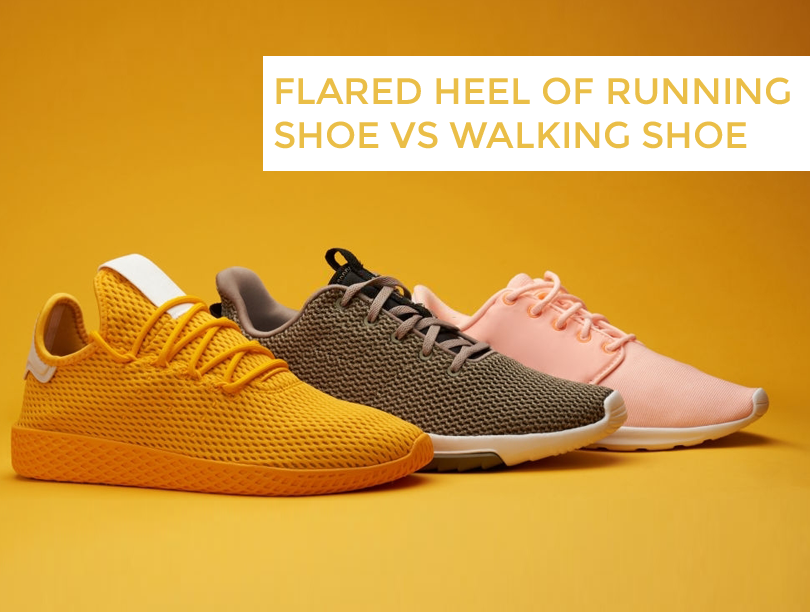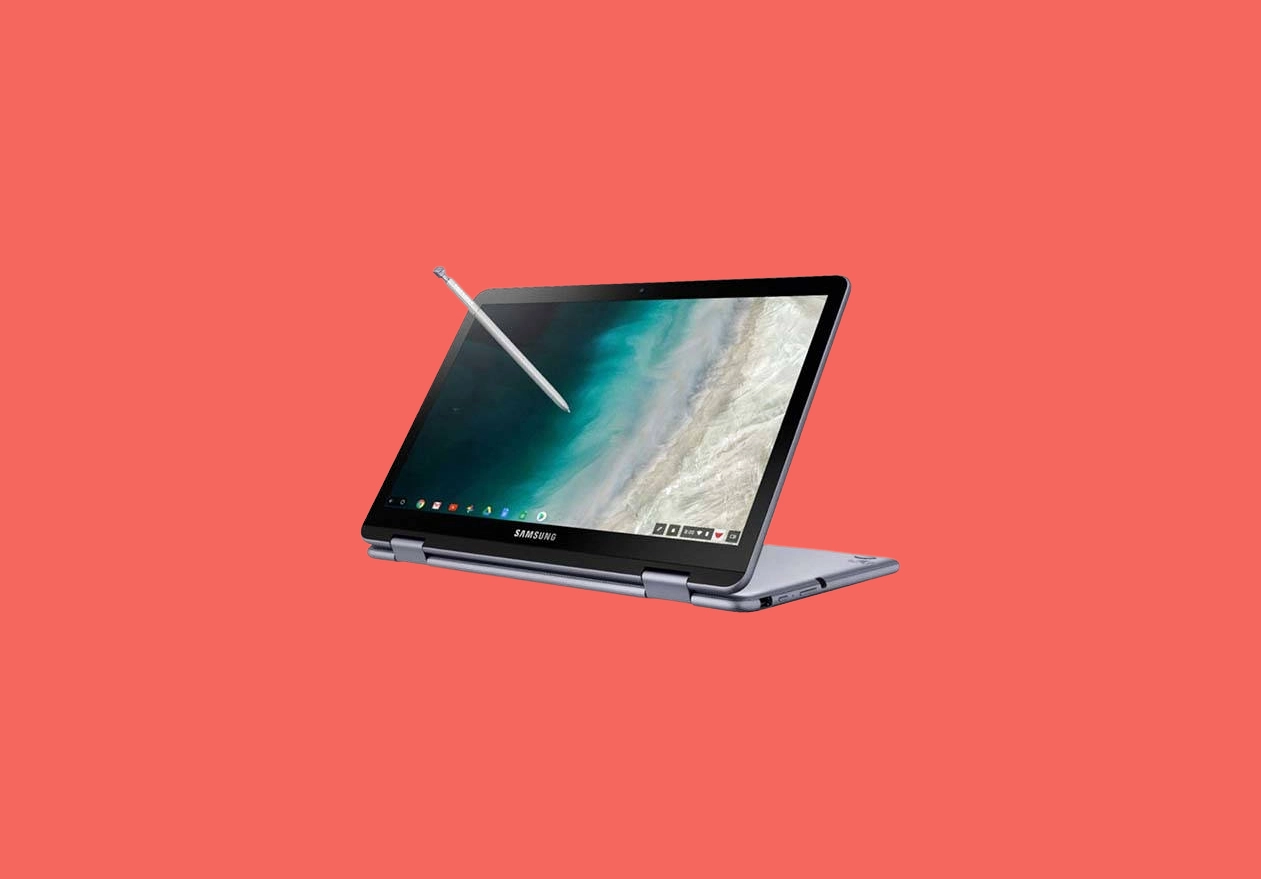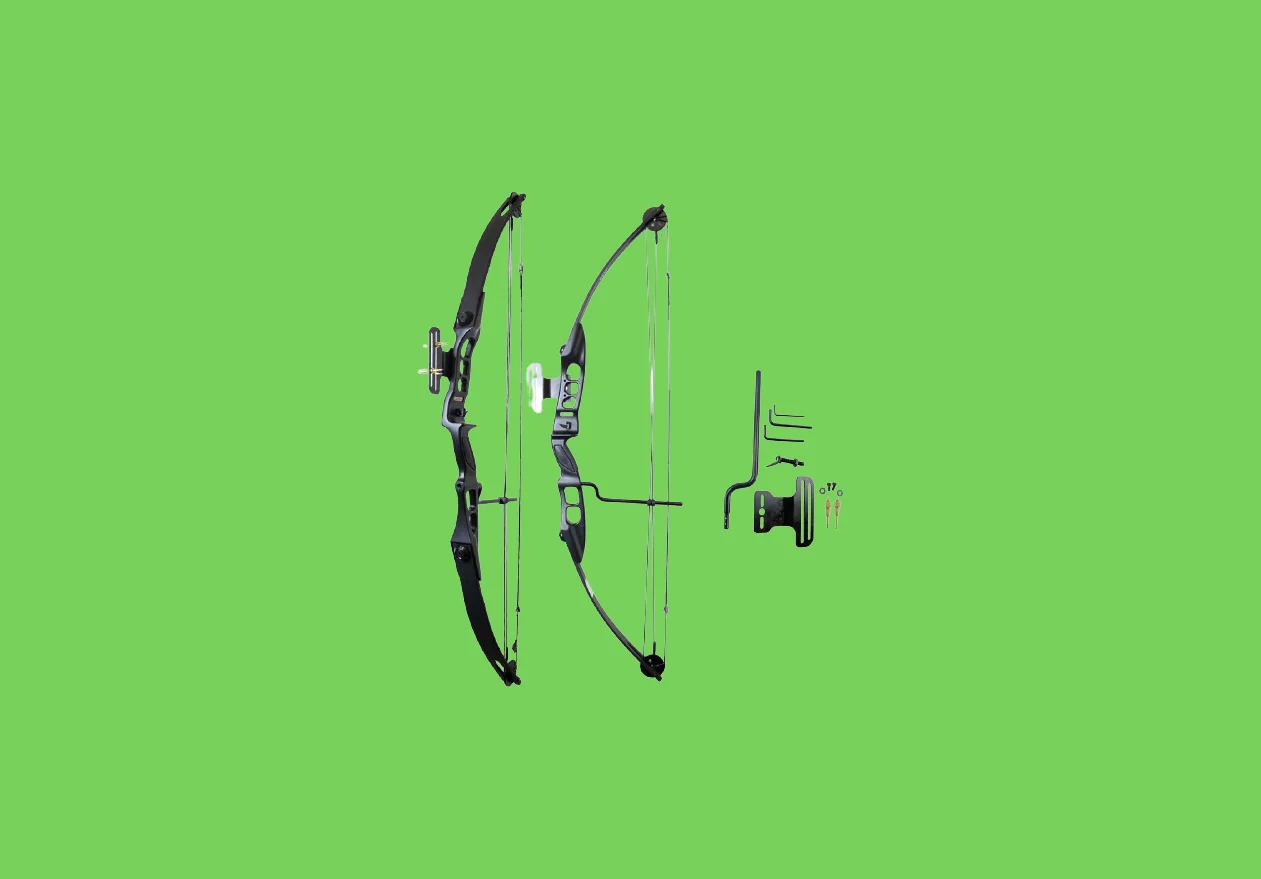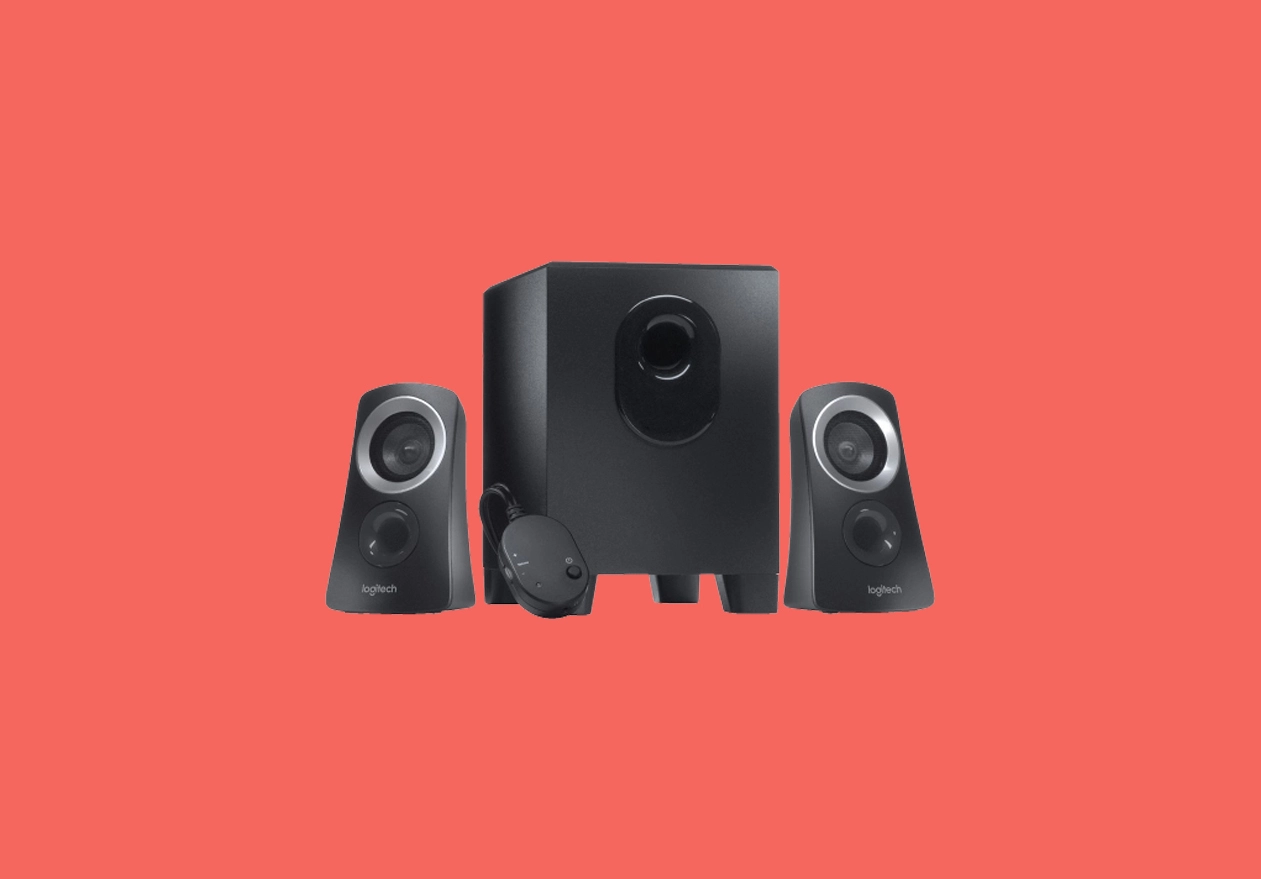If you want to know about the Difference Between Walking Shoe And Running shoes, then this guide is for you. A running shoe has various features than a walking shoe. Runners should not be running in walking shoes because these are too rigid and do not bend in the manner in which runners need to bend. So a lot of walking shoes are also not suitable for the gym.
Core Difference Between Walking Shoe And Running Shoe?
Fitness walkers will usually find a running shoe that better suits their needs than other walking shoes. A walker analyzes both running shoes and walking shoes, by understanding what attributes he should search for to find the most effective ones. Depending on the Difference Between Walking Shoe And Running Shoe you can choose the best up to your needs!
Let’s Have A Look At The Main Difference between Walking Shoe And Running Shoe:
-
Designs of Running Shoe vs Walking Shoe
- Running shoes perform various roles and manufacturers keep the running shoe updated with the latest technologies, designs, and materials. For various types and requirements, you have a wide range of choices. Running shoes come in several designs from racing to cushioned shoes or for long-distance running.
- Walking shoes, on the other hand, are designed for comfort rather than efficiency. If you need comfortable shoes to take shorter walks and walk easily, these shoes are ideal. Fitness enthusiasts need flexible, easy, and flat shoes to hit every step of the way.
-
Comfort Of Running Shoe vs Walking Shoe
- The Main Difference Between Walking Shoe And Running Shoe is comfort
- Runners need more comfort in the heel and forefoot than walkers, which is why you see all the hype about comfort systems in their shoes.
- Walkers don’t need additional forefoot comfort. Extra cushioning adds more weight, so it’s a balance between your feet and legs’ with slight shoes you can run or walk quicker.
-
Stability of Running Shoe VS Walking Shoe
- Running shoes are built with an integrated heel to give stability to athletes. Runners strike the ground first, depending on the person, using various sections of their foot. The foot strike can be on the front part of their heel, the midfoot, or the ball of the foot. There are many hypotheses about the heel-to-toe drop for athletes.
- Walkers strike with the heel and move with the step. They don’t need stability in their shoes. Therefore, stability is not found in walking shoes.
-
Flared Heel Of Running Shoe VS Walking Shoe
- Running shoes have flared heels to give extra stability for runners that reach the ground at their midfoot or front feet. On trail running shoes, even a flared heel is sometimes used.
- Walkers strike the grounds with their heels, and a flared heel stops them from rolling forward.
-
Flexibility Of Running Shoe VS Walking Shoe
- The running shoe designs more flexibly at the arch or midfoot. But some designs are most flexible at the forefoot. These fit the different requirements of runners who hit the midfoot or with a ball of their foot.
- Running shoes, as well as walking shoes, must be flexible.
Which Shoe Should You Buy?
Considering the above-mentioned Difference Between Walking Shoe And Running Shoe. Because of the shape of the foot, the individual needs, the amount of cushioning, and the flat or high arc you choose, it doesn’t always fit for a single individual. Whenever you buy a new pair of shoes, shopping at a specialty store is always the perfect way to answer any questions you might have and let you try several pairs to find out which one you like best. There might also be a treadmill for specialty walking and running shoe shops to let you go in each pair and see how they feel. If you take into consideration the above factors, you can always choose the best shoes that feel most comfortable.


